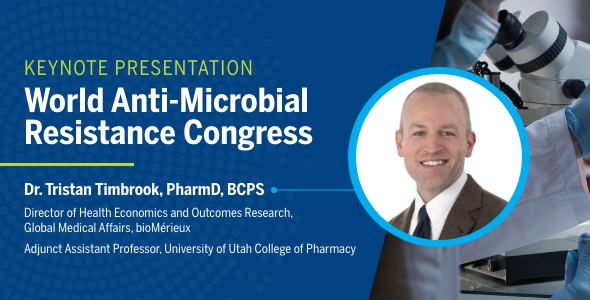The chance of developing an infection after surgery is about 1-3%. However, with antimicrobial resistance on the rise, many infections are becoming more and more difficult to treat.
The Rise of Nightmare Bacteria: Carbapenem Resistance
Transmissible CRE infections have been recognized for the last two decades. The first major documentation of CRE occurred in Okazaki, Japan, in the 1980s. Today, CRE infections tend to be most common in India and Southeast Asia.
What If We Couldn’t Diagnose Infectious Diseases?
Fundamentally, doctors are blind without diagnostic tools. “It’s like looking for someone in a cave without any light,” says Dr. Mark Miller, Chief Medical Officer at bioMérieux. “You have no idea where you are.”
Keys to Success for Hospital Antimicrobial Stewardship Programs
AMR has been identified as a major threat by the World Health Organization due to the lack of new antibiotics in the development pipeline and infections caused by multi-drug resistant pathogens becoming untreatable.
The Value of Diagnostics in Combatting Antimicrobial Resistance – A Public Health Problem
At this year’s World Anti-Microbial Resistance Congress, Dr. Tristan Timbrook delivered a...
Lindsay Denny Discusses the Critical Role of WASH in Preventing Infectious Diseases and Fighting Antimicrobial Resistance
WASH, which stands for water, sanitation, and hygiene, are basic...






